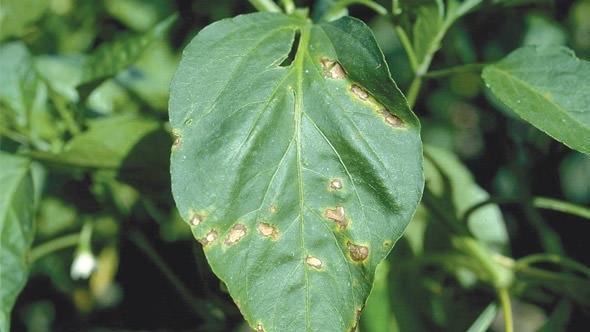Politicians Often Seek To Leave Legacy [Opinion]
It is legacy time for elected politicians and that usually often spells trouble for agriculture and other sectors of society and the economy. Most people in agriculture will have their own assessment on how the elections are evolving and the subject matter therein. The dearth of agriculture-related conversation from all the major candidates is problematic inasmuch society and its leadership continues to separate itself from the production of food.
Interest groups and the mainstream media often talk about the “one percenters,” referring to the wealthy. In my view, the “one percenters” are the men and woman across this nation who participate in the production of food and fiber so many take for granted. Food and fiber will always be available because it always has, the ignorant believe, at least in the past 100 years or so.
Moving forward for the next several months is an administration at the federal level that will move rapidly on many fronts up to Jan. 19 to define its legacy. In California, there is an administration that has two years to redefine direction for “the health and welfare of this state.” Thus regulatory direction which quantifies as cost will be the front lines for battle.
There is a wealth of agencies at the federal and state levels moving rapidly to solve problems. And as former President Dwight Eisenhower once said: ”You know, farming looks mighty easy when your plow is a pencil, and you’re a thousand miles from the corn field.”
Leave Ag To The Growers
We are witnessing unprecedented action by so-called environmental activists who view the waning days of both administrations’ as opportunities to achieve their objectives. Their agenda is simple — just make agriculture more environmentally sensitive — and they will determine what that is. Unfortunately, willing ears exist in Washington, D.C. and Sacramento.
California’s Department of Pesticide Regulation is succumbing to the constant bombardment over pesticide use. Water and wildlife agencies seek higher populations of fish by allocating more water to their habitat, to the detriment of food production, without acknowledging the lack of ROI. By ignoring other stressors, fish populations continue to decline and so does food production. Two wrongs will never make the policy right.
Air boards, labor agencies, and other entities propose or issue new regulations which raise the cost of farming, require higher or new fees, and ultimately cause landowners and their offspring to reconsider whether farming has a future. Revenues are up as producers seek higher prices to offset government government-imposed costs, but eventually there is a tipping point when shelf space is diminished, volume purchased by the customer reduced, and less expensive offshore alternatives become more favorable.
Regulations’ Heavy Costs
In the past decade, California Citrus Mutual has determined that government- imposed costs have increased a dramatic 88%. Revenues have almost kept pace by rising 84%. This does not include customer-imposed costs such as food safety audits nor does that include the higher water costs of recent years.
Forget about California agriculture regressing; think about who is paying the higher cost. Regulations from the federal level are equally imposing. EPA is actively pursuing an agenda that reduces the number of crop protection tools for producers. Wildlife agencies proclaim biological opinions are the law of the land, and claim their hands are tied because of a balanced approach to the utilization of water.
While USDA and the office of the U.S. Trade Representative strive to increase export opportunities, they are woefully understaffed and most of their time is spent maintaining existing markets, not creating new ones. Yet they are obligated to address import petitions in a timely manner or risk World Trade Organization legal action and potential penalties. For the fresh fruit and vegetable industry, a trade surplus 20 years ago has developed into a major imbalance in terms of volume and dollars. Presently, South Africa, Australia, Chile, and Argentina all have petitions seeking greater access for their citrus into the U.S.
Competition is one thing, but creating more pest and disease vulnerability and economic chaos is another. Nobody questions that cultural costs in the U.S. are greater than almost any country in the world. It’s only through sheer efficiency that the American producer stands a competitive chance. But as consumer prices rise to offset domestically imposed cost increases, alternatives — in the form of imported foods from other countries — do exist. But is that our policy, a cheaper food supply no matter who is responsible for feeding Americans?
This is neither a Democrat issue nor an Republican subject area; this is a government issue, as those in several administrations at the state and federal level fail to connect the dots on an evolving agenda. Things change, new dynamics require adaptability, generations evolve towards new direction but the major foundation for a nation’s security has been defense capability and the production of food and fiber. One sector is doing well. The other requires heightened and better participation, at least through these legacy-building times.










